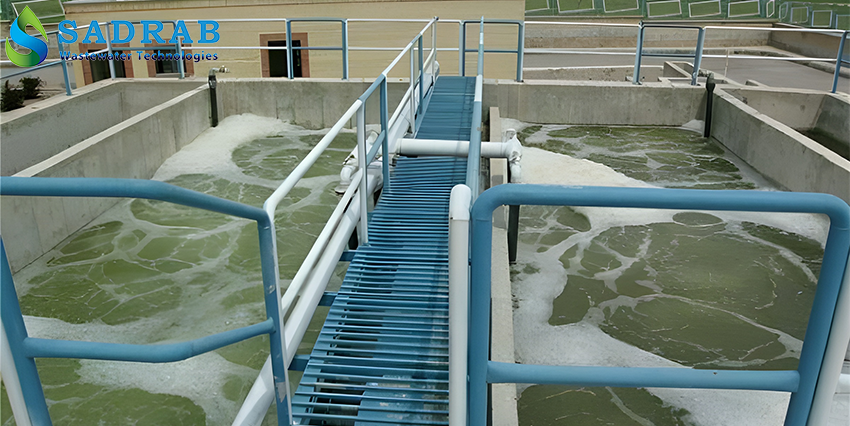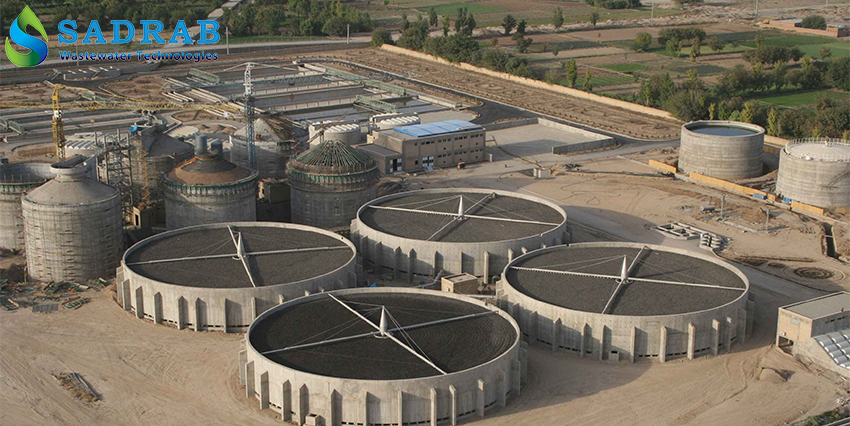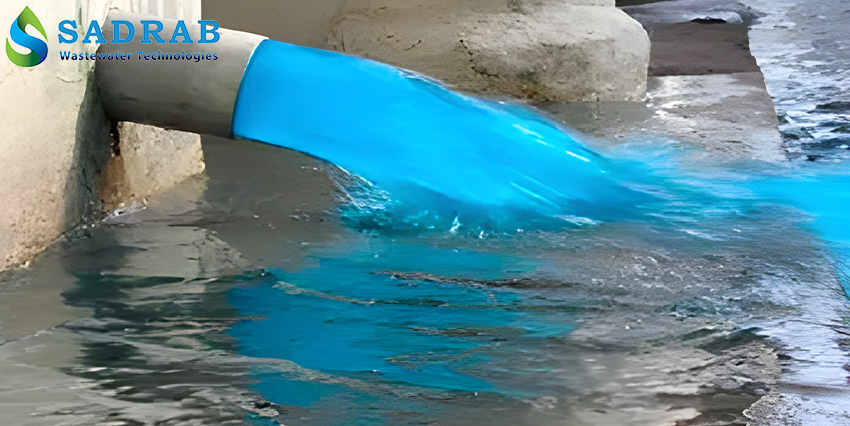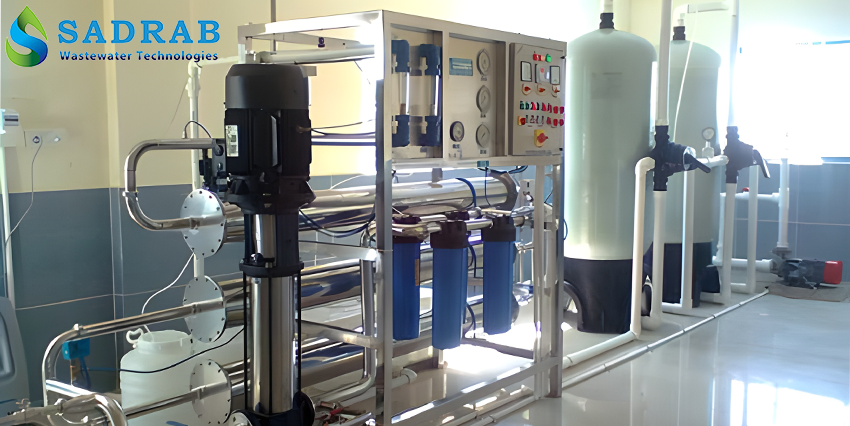Design and Implementation of Wastewater Treatment Plants for the Wood and Paper Industries
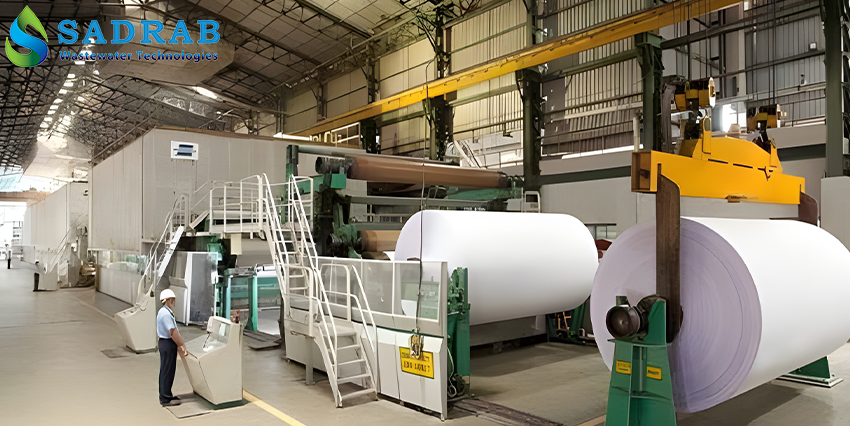
Features of Design and Implementation of Wastewater Treatment Plants for the Wood and Paper Industries:
- Effective removal of lignin and phenolic compounds
- Modular and scalable design based on capacity
- Quick installation without heavy construction
- Capability to treat wastewater with high color and BOD
- High resistance to corrosion and chemicals
- Energy-efficient biological and chemical processes
- Low sludge production with easy dewatering capability
- Compliance with environmental standards of the Iranian Environmental Protection Agency

Support and Consulting Services

Customized Solutions Tailored to Client Needs

Guaranteed Product Quality and Performance

Expertise in Wastewater Treatment Technologies
Additional Information
Professional Solutions for Wood and Paper Industry Wastewater Treatment: Analysis and Review
The wood and paper industry produces a large volume of wastewater with specific contaminants due to extensive use of water and chemicals, requiring effective solutions for wood and paper industry wastewater treatment. Managing wastewater from this industry not only helps comply with environmental regulations but also conserves water resources. In this article, we examine various aspects of wood and paper wastewater treatment in detail and analyze solutions such as wood and paper wastewater treatment units and complete treatment packages.
Wood and Paper Industry Wastewater Treatment: Challenges and Importance
Due to the presence of organic materials, chemical compounds like lignin, and suspended solids, wastewater treatment in the wood and paper industry is a complex process. This wastewater typically has high BOD (Biochemical Oxygen Demand), COD (Chemical Oxygen Demand), dark coloration, and toxic substances that can cause pollution of surface and groundwater if not properly treated. Paper manufacturing and wood processing plants must apply effective wastewater treatment methods to comply with legal standards and reduce environmental costs.
One effective solution is the use of wood and paper wastewater treatment units, which improve effluent quality by removing contaminants. This process not only protects the environment but also enables water recycling within the production cycle.
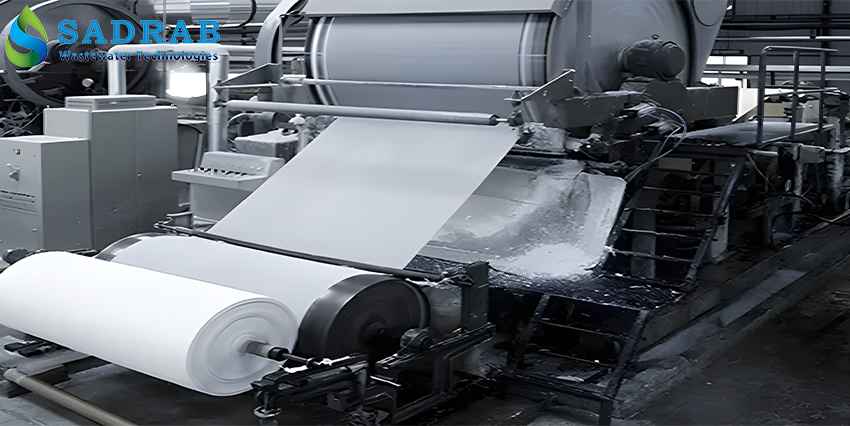
Wood and Paper Industry Wastewater Treatment: Modern Approaches
Treating wastewater from the wood and paper industry requires approaches capable of handling the complex compounds present in this effluent. Wastewater from this industry often contains resistant organic materials, chlorides, and sulfates, necessitating advanced treatment processes such as biological treatment of wood and paper wastewater. This method uses microorganisms to break down organic substances and reduce pollutant load.
Using pre-fabricated wastewater treatment packages for the wood and paper industry is an efficient option in this field. These packages are designed for easy installation and are especially suitable for smaller wood and paper production units. By selecting appropriate methods, wood and paper wastewater treatment can become a sustainable and cost-effective process.
What is an Industrial Wastewater Treatment Package?
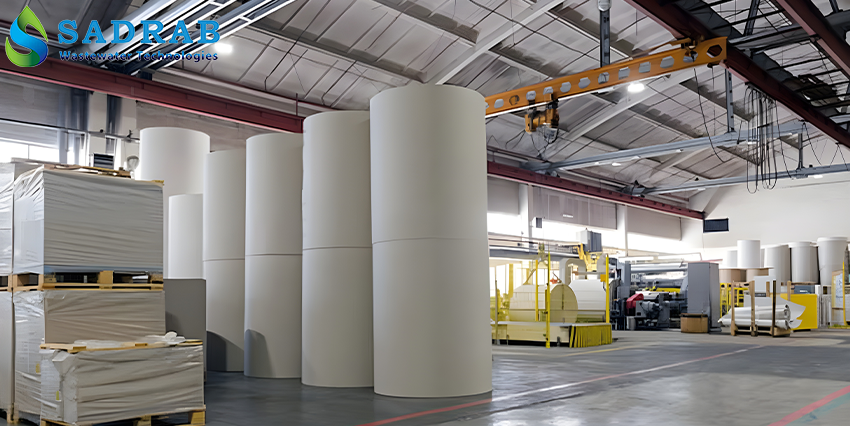
Wood and Paper Industry Wastewater: Characteristics and Challenges
Wastewater from the wood and paper industry has unique features due to processes such as pulping, paper bleaching, and wood cutting. This wastewater typically contains cellulose suspended solids, phenolic compounds, and coloring agents that require specialized equipment for removal. Without proper management of wood and paper industry wastewater, these pollutants can threaten aquatic ecosystems and impose additional costs on companies.
To address this issue, wastewater treatment methods for the wood and paper industry include chemical processes (such as coagulation and flocculation) and biological processes (like activated sludge). These methods reduce pollution, enabling safe disposal or reuse of wastewater from the wood and paper industry. Using wood and paper wastewater treatment units can also help remove color and toxic substances, thereby minimizing environmental impacts.
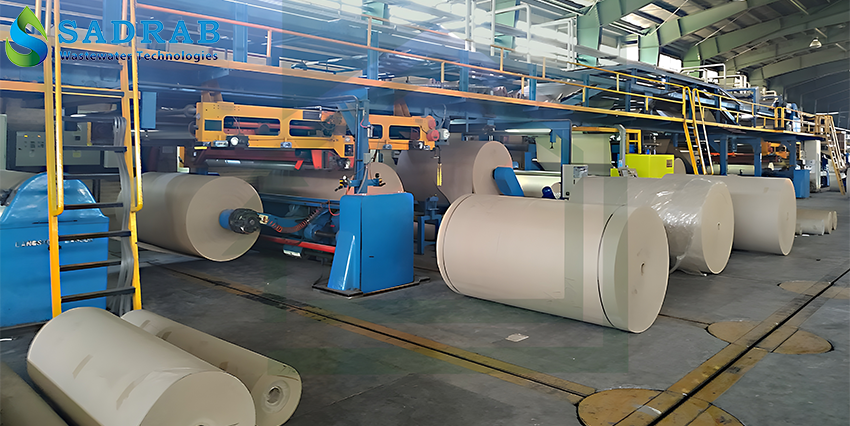
Conclusion
Choosing the Best Solution for Wood and Paper Industry Wastewater Treatment
Treating wastewater from the wood and paper industry is of great importance. By applying suitable treatment methods and advanced equipment such as wood and paper wastewater treatment units and packaged wastewater treatment systems, sustainable and cost-effective solutions can be achieved. Whether your goal is to reduce pollution or improve treatment processes, selecting the right technology is the key to success.
For free consultation and professional solutions in wood and paper industry wastewater treatment, contact sadrab company:
09119191911
We are here to help you implement the best wastewater management systems for the wood and paper industry.
FAQ
Yes, by using chemical and biological processes, the color and odor are significantly reduced.
Definitely; the package designs are flexible and can be customized based on the customer’s capacity and needs.
Yes, if the system is properly configured, you can recycle the treated water for non-potable use within the factory.




